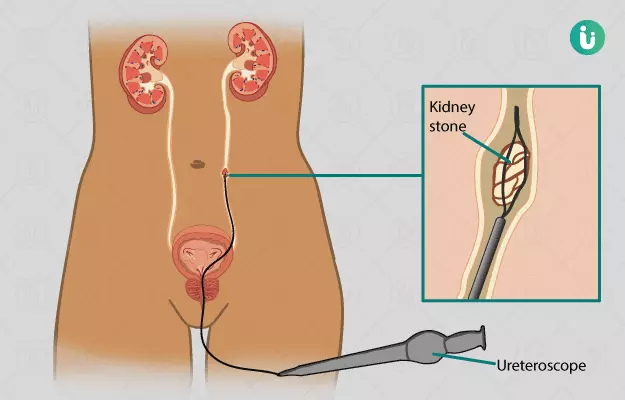Summary
Ureteroscopy is a safe and efficient procedure that does not require an overnight hospital stay and you can return home on the same day the surgery is performed. In many countries, it is routinely performed to treat many conditions of the urinary system. The urinary system is also known as the urinary tract, which consists of the kidneys (two-bean shaped organs, which filter the waste out of the blood and the waste travels through the ureter and collects in the bladder), ureter (long thin tubes, which connect each kidney to the urinary bladder), urinary bladder (a balloon-shaped organ that collects the waste of the body in the form of urine) and urethra (the tube that carries urine from the bladder out of the body).
The chances of formation of stones in the kidneys and ureter are increasing day by day due to leading causes, such as unhealthy lifestyle, obesity, poor eating habits, lack of adequate water intake, and so on. Urinary stones are slightly more common in males than in females, especially in those between the age of 40-50 years. Recently, there has also been a significant increase in the number of children having stones in the upper urinary tract.
Kidney and ureteric stones are the most common disorders of the urinary tract, which cause severe pain. Ureteroscopy is considered a good option to manage the pain and to remove the stones from the ureter or kidney. Its use has increased due to technological advances since the last 30 years. The success rate of the procedure depends upon the position of the stones in the ureter or kidneys. The main benefit of URS is minimal contraindications for this procedure.






































